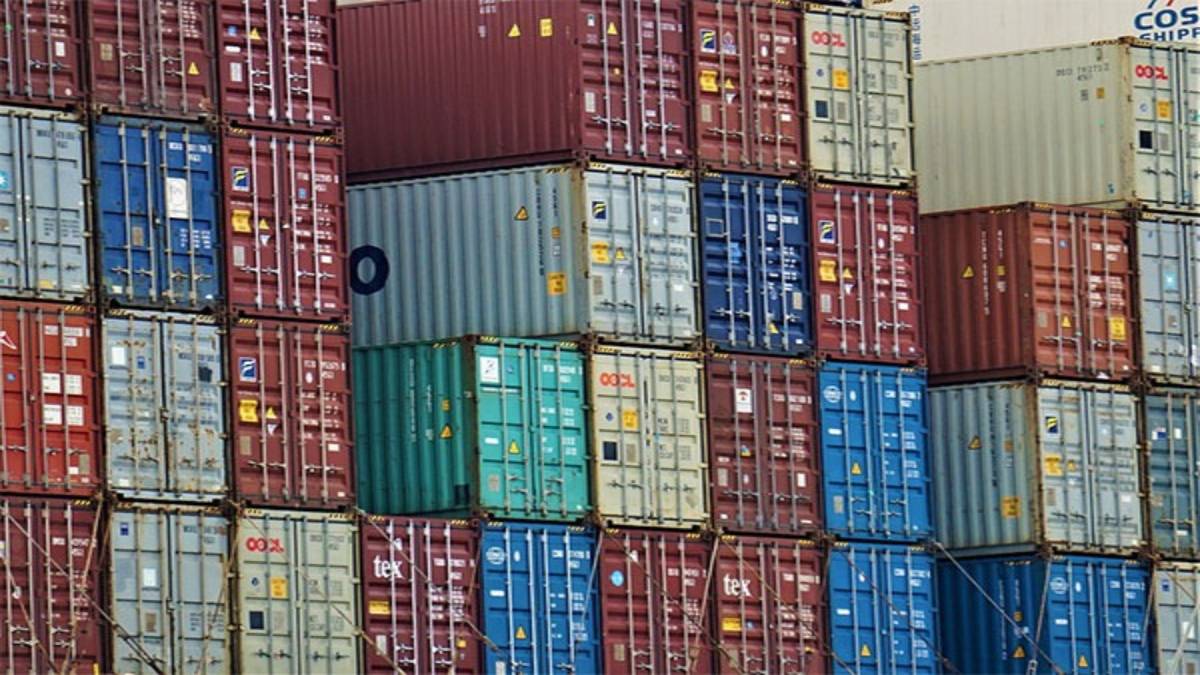The imposition of a 25 per cent tariff on the import of goods from India into the United States (US) will have a significant impact on the earnings of companies in sectors such as diamond polishing, shrimp, home textiles and carpets, said Crisil Ratings in a report.
The move of the US President Donald Trump to impose an additional 25 per cent tariff with effect from August 27, 2025 as a penalty for importing crude oil from Russia will make Indian exports to the US unviable for the aforesaid as well as other sectors including ready-made garments (RMG), chemicals, agrochemicals, capital goods and solar panel manufacturing, which have sizable trade exposure to the US.
The rating agency added that the extent of impact will vary depending on exposure, ability to pass on incremental costs to customers, and relative tariff disadvantage versus competing nations.
A potential second-order impact, including a slowdown in US demand and disparate tariffs across nations that could alter trade dynamics globally, also warrants close monitoring, said the rating agency.
“That said, strong corporate balance sheets, potential bilateral trade agreements with other countries and the possibility of support from the Indian government for the impacted sectors could mitigate the credit impact to some extent,” Crisil Ratings added.
Pursuant to the Executive Order issued by the US, effective August 7, 2025, a 25 per cent reciprocal tariff is applicable to goods imported from India. Furthermore, the US has levied an additional 25 per cent tariff as a penalty, resulting in a total tariff of 50 per cent, which will come into effect on August 27, 2025. These tariffs are in addition to the most-favoured-nation tariff (ranging between 0-14 per cent for the impacted sectors), which is already in place.
In the last fiscal, the US accounted for 20 per cent of India’s merchandise exports and 2 per cent of its overall GDP.
The 25 per cent reciprocal tariff on India, already in effect, exceeds those applicable to many competing Asian countries except China.
As a result, the sectors mentioned earlier – diamond polishing, shrimp and home textiles sectors – may see sales volume decline due to high reliance on US trade and costs rise due to partial absorption of tariffs, ultimately affecting their earnings, the report added.
Crisil analysis highlighted that for diamond polishers, exports to the US accounted for 25 per cent of the total revenue last fiscal. The reciprocal tariff, along with the already tepid demand for natural diamonds in the US and growing demand for lab-grown diamonds, will lead to a sharp dip in revenue, it added.
The analysis further added that the tariff will also put further pressure on the already modest operating margin of the sector due to reduced fixed-cost coverage and the onus to bear the higher tariff cost, as retailers in the US have shown limited inclination to take on the burden. Working capital cycles will elongate as inventory moves slowly and customers stretch payment cycles, the report added.
Indian shrimp exporters, which draw their 48 per cent revenue from US markets, will be severely impacted due to the highest-taxed country.
“This could drag down export volume, even as players look for alternative markets to support their exports,” the report added.
As per the report, the reciprocal tariff will lead to a material decline in revenue and profits for the home textile and carpet sectors despite some advantage against China.
Home textiles and carpets are both significant export-oriented sectors with exports accounting for 70-75 per cent and 65-70 per cent of total sales, respectively, for these sectors; of this, the US accounts for 60 per cent of exports for home textiles and 50 per cent of exports for carpets.
For other sectors such as ready-made garments (RMG), agrochemicals, specialty chemicals, capital goods, etc., the impact of the 25 per cent reciprocal tariff is likely to be more manageable, considering moderate exposure to the US (5-20 per cent of overall revenue) and limited tariff disadvantage that will allow companies to partly pass on the impact to customers.
“However, the additional 25% tariff will have an adverse impact on all the sectors,” Crisil Ratings further added.
For the RMG segment, exports to the US form 10-15 per cent of total revenue and will become completely unviable as the tariff structure will be significantly higher than that of competing manufacturers in China and Vietnam.
Agrochemical exports to the US, which account for 11-12 per cent of the sector’s revenue, will also face challenges, with China being a key competitor and major supplier of agrochemicals to the US. The ability of Indian companies to divert products to alternative markets such as Brazil and other Latin American countries will be limited by the presence of strong Chinese competition there.
For capital goods manufacturers, the fresh order bookings will see a significant impact as India faces stiff competition from other countries. For instance, Mexico holds a prominent position in the US’s import basket and has a significantly lower tariff structure.





